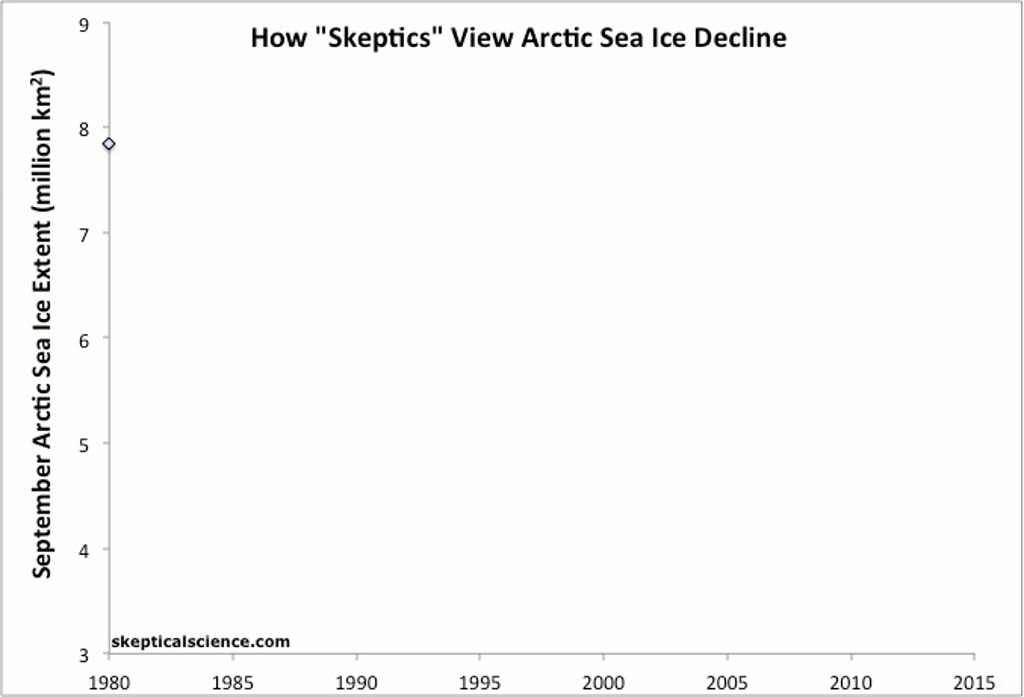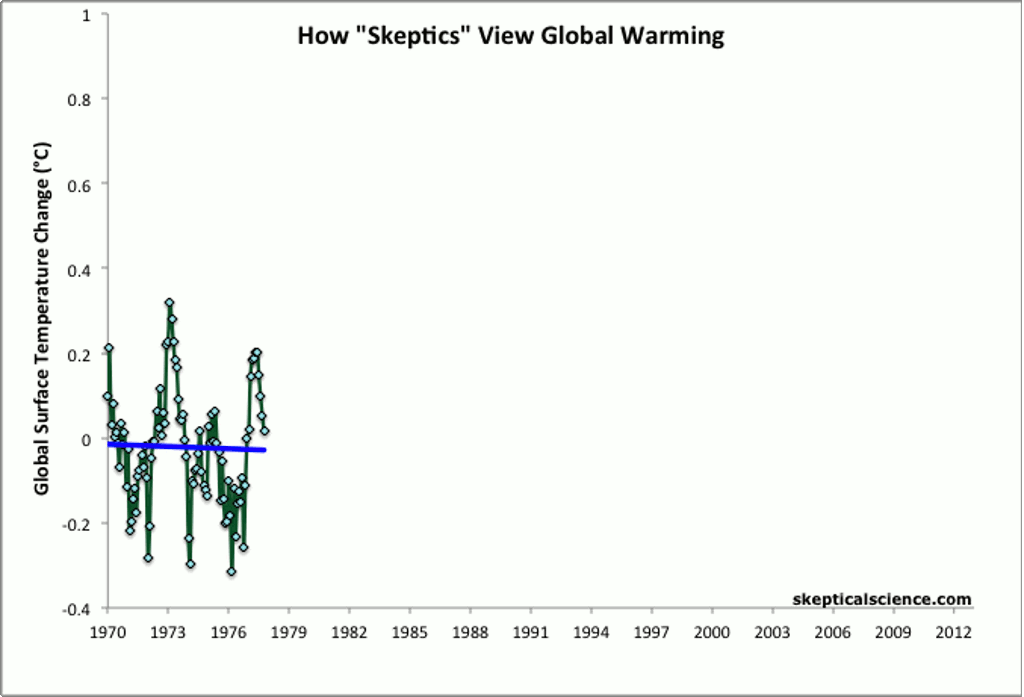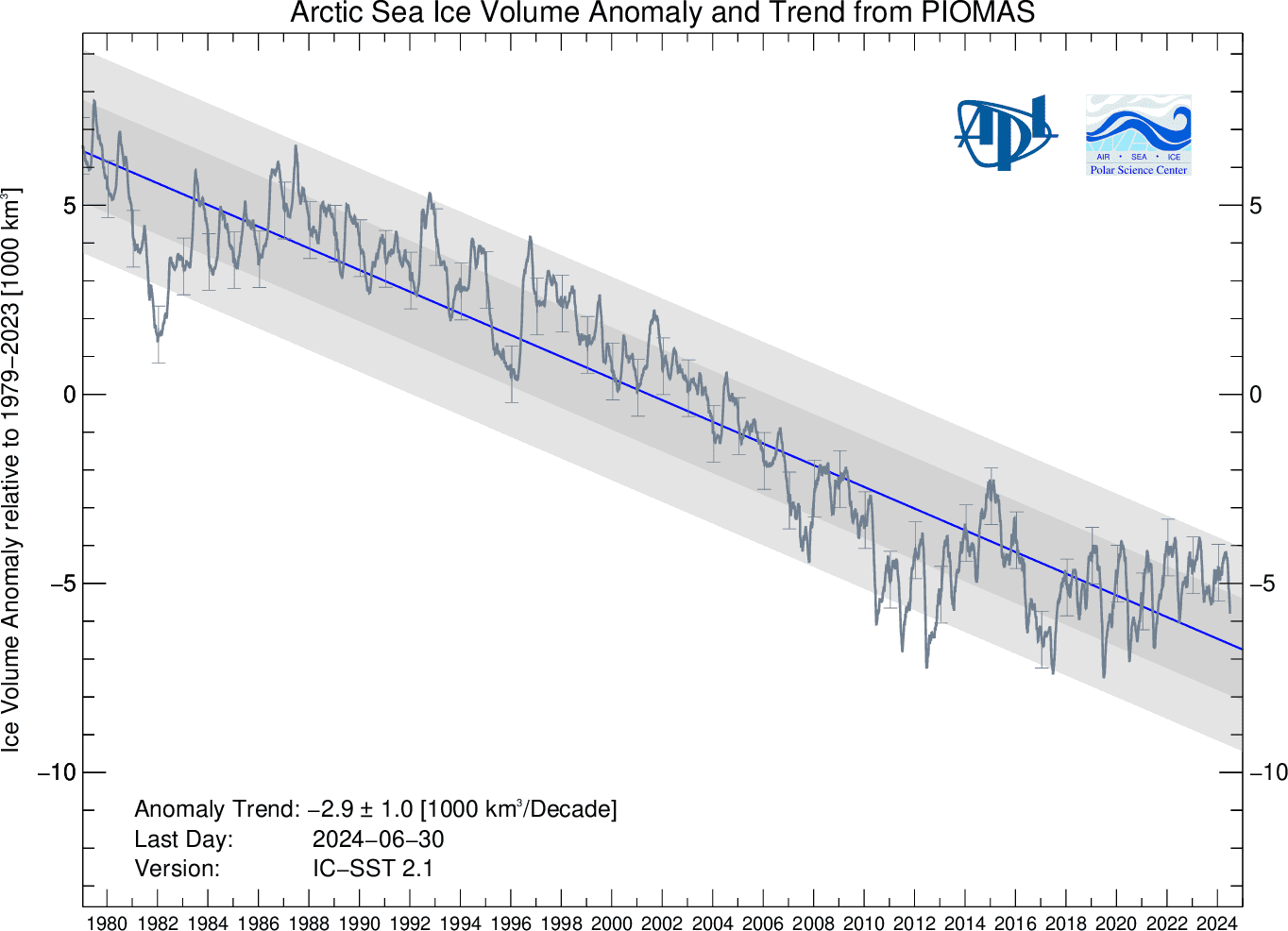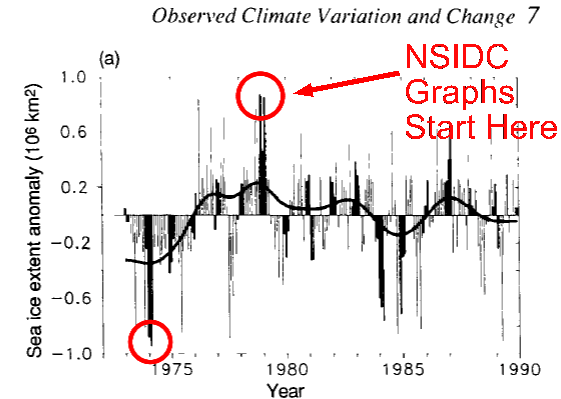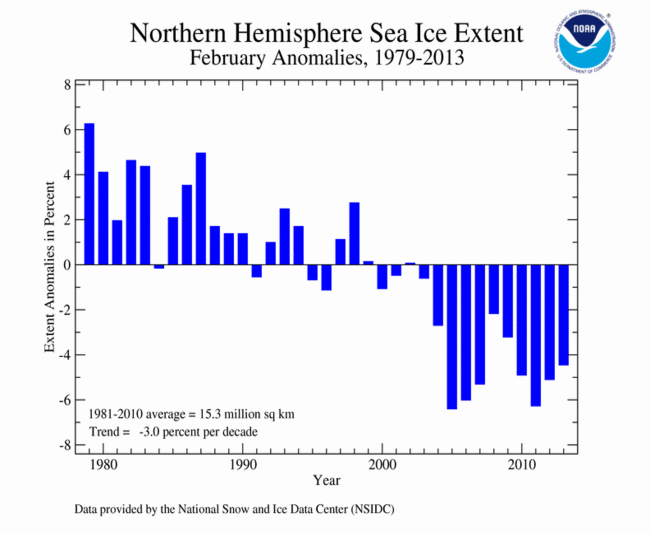- Dec 18, 2013
- 136,706
- 28,025
- 2,180
Amazingly stupid is my vote!!!!Why would we want to do that? I suspect more than a few of us are employed and paid by that economy. If we wanted to go live on the street and sleep in the gutter, we don't actually have to take down the economy to do so.
the policies that you support are destroying our economy, the people you elect are destroying our economy. You either want that or you are amazingly stupid.

